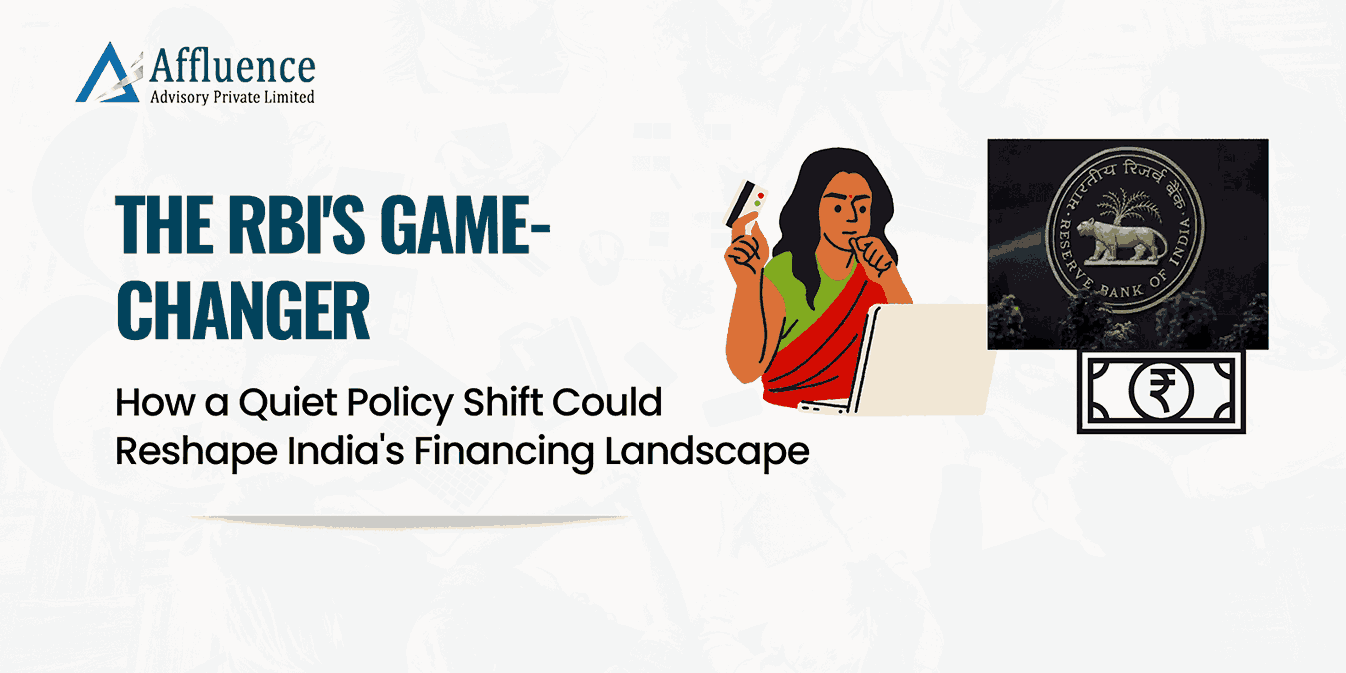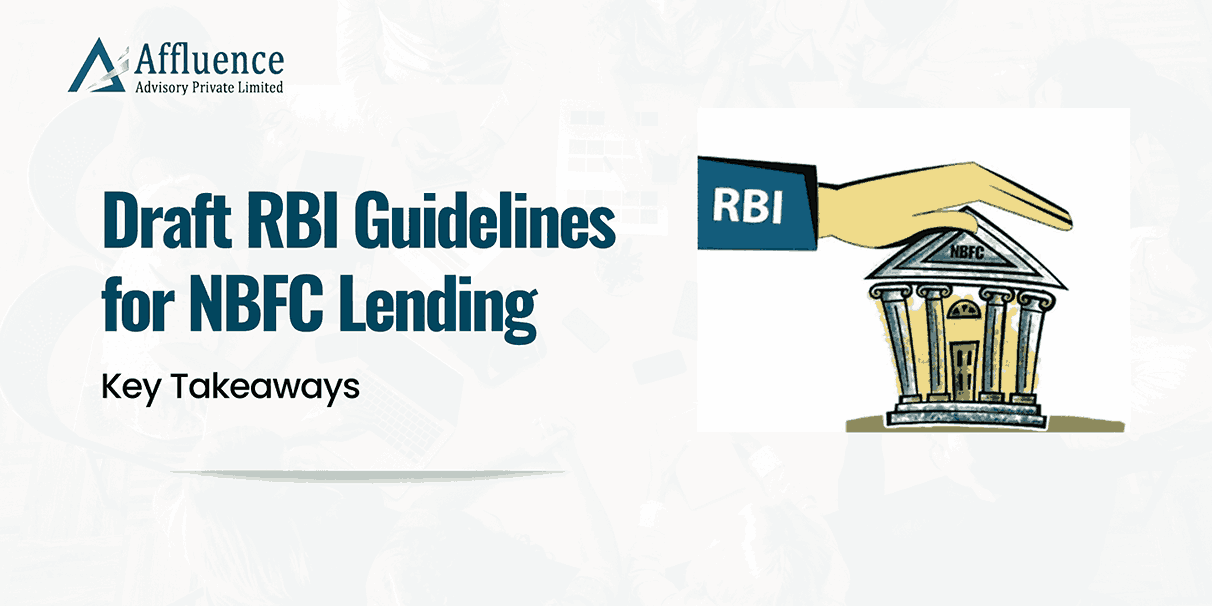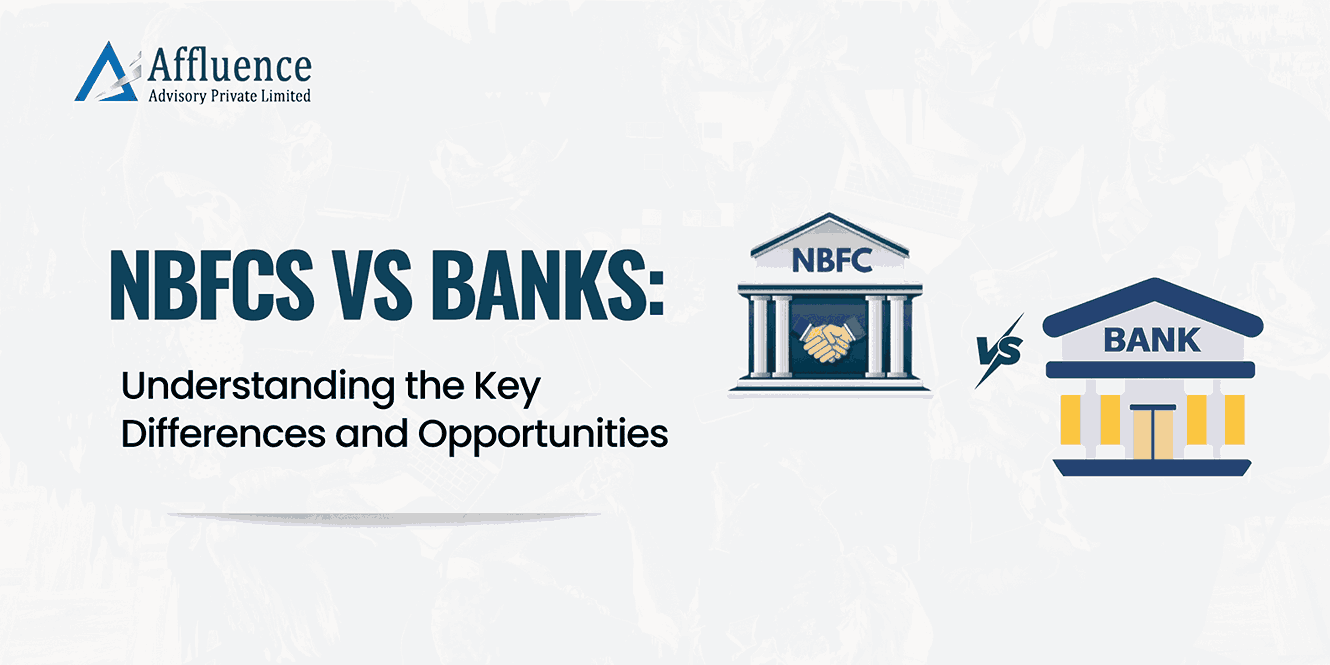
The RBI’s Game-Changer: How a Quiet Policy Shift Could Reshape India’s Financing Landscape
Imagine this: You’re running a mid-sized infrastructure company in India, and you’ve been watching your borrowing costs creep higher while domestic banks tighten their purse strings. Your expansion plans are stalling, not because of lack of demand, but because of expensive capital. Then, almost overnight, the entire funding game changes. This isn’t fiction—it’s exactly what happened when the Reserve Bank of India quietly dropped one of the most significant policy announcements in recent memory.
The Billion-Dollar Breakthrough
On October 1st, 2025, RBI Governor Sanjay Malhotra delivered what might be the most underrated financial reform of the year. Buried within 22 policy measures was a complete overhaul of External Commercial Borrowing (ECB) rules that transforms how Indian companies—especially non-banking financial companies (NBFCs)—can access global capital.
Here’s the stunning part: The previous ceiling of $750 million per year for ECB borrowing has been completely removed. Instead, companies can now borrow up to the higher of $1 billion or 300% of their net worth. For well-capitalized NBFCs, this isn’t just an incremental change—it’s a quantum leap that could unlock billions in foreign capital.
From Red Tape to Open Road
The old ECB framework was like navigating through a maze blindfolded. Companies faced rigid end-use restrictions, predetermined interest rate caps, and layers of compliance requirements that made overseas borrowing more of a bureaucratic nightmare than a financing solution.The new rules flip this script entirely. Interest rates are now market-determined, meaning financially strong companies can negotiate genuinely competitive rates instead of being constrained by artificial ceilings. The end-use restrictions that previously tied borrowers’ hands have been dramatically relaxed, allowing funds to be used for working capital, general corporate purposes, and even to repay existing rupee loans.
Winners and Losers in the New Order
This policy shift creates clear winners and losers in India’s financial ecosystem. The biggest beneficiaries are large, well-rated NBFCs that have been starved of cost-effective funding options. Infrastructure finance companies, vehicle financiers, and housing finance companies with strong balance sheets can now tap into global debt markets with unprecedented flexibility.
Consider the mathematics: A top-tier NBFC with a net worth of ₹5,000 crores can now potentially access ECB funding worth ₹15,000 crores (300% of net worth) or $1 billion, whichever is higher. This is transformational capital that can fuel expansion across underserved segments of the Indian economy.
But here’s where it gets interesting—this isn’t just about access, it’s about pricing power. Market-determined rates mean that strong players will see their borrowing costs decline, while weaker entities will face the harsh reality of risk-based pricing. It’s financial Darwinism in action, where operational excellence and balance sheet strength directly translate to funding advantages.
The Infrastructure Multiplier Effect
The timing of this policy shift is particularly astute. India’s infrastructure sector has been crying out for long-term, patient capital. Roads, renewable energy projects, urban transportation systems—these are capital-intensive ventures that require funding horizons that often stretch beyond what domestic markets can comfortably provide.
The relaxed ECB norms create a direct pipeline from global capital markets to Indian infrastructure projects. NBFCs specializing in infrastructure financing can now structure their liabilities to better match the long-term nature of their assets, reducing asset-liability mismatches that have plagued the sector.
The Foreign Exchange Chess Game
Of course, accessing cheaper foreign capital comes with the eternal challenge of currency risk. The rupee’s volatility against major currencies means that unhedged ECB exposure can quickly turn from a blessing to a curse. However, the new framework acknowledges this reality by providing greater flexibility in hedging strategies and repayment structures.
Smart treasurers will now be able to construct sophisticated liability stacks that combine natural hedges (for companies with foreign currency revenues), partial hedging strategies, and tenor-matched instruments. The key is moving away from blunt, full-tenor hedges that often eliminated the cost advantages of ECB funding.
Reading Between the Policy Lines
What makes this reform particularly significant is what it signals about the RBI’s evolving approach to financial sector development. Rather than maintaining protective barriers around domestic financial markets, the central bank is embracing competitive pressures that will separate the wheat from the chaff.
This policy acknowledges a fundamental reality: India’s economy has grown beyond what domestic savings can comfortably finance. By creating efficient channels for global capital to flow into productive sectors of the economy, the RBI is essentially betting on the competitiveness and resilience of well-managed Indian financial institutions.
The Ripple Effects Begin
The implications extend far beyond NBFCs and corporate treasuries. Cheaper funding costs for financial intermediaries should eventually translate into more competitive lending rates for end borrowers. Small and medium enterprises, affordable housing buyers, and infrastructure developers could all benefit from improved credit access as NBFCs gain funding flexibility.
However, this isn’t a rising tide that lifts all boats equally. The new framework rewards operational excellence, risk management capabilities, and balance sheet strength. Weaker players who have relied on regulatory protection rather than competitive advantages may find themselves increasingly marginalized.
The Road Ahead
As these reforms take effect, expect to see a fundamental reshaping of India’s NBFC landscape. The largest, best-capitalized players will likely emerge stronger, with access to global funding that was previously either unavailable or prohibitively expensive. This could accelerate consolidation in the sector while simultaneously expanding credit access for the broader economy.
The real test will be execution. Having access to a billion dollars in ECB capacity is meaningless without the treasury expertise, risk management systems, and regulatory compliance capabilities to deploy it effectively. The companies that master this new playbook will define the next chapter of Indian financial services.
What we’re witnessing isn’t just a policy tweak—it’s the quiet emergence of a new financial architecture that could power India’s next phase of economic growth. The question isn’t whether this will change the game, but how quickly the smartest players will learn the new rules.
Disclaimer: This article provides general information existing at the time of preparation and we take no responsibility to update it with the subsequent changes in the law. The article is intended as a news update and Affluence Advisory neither assumes nor accepts any responsibility for any loss arising to any person acting or refraining from acting as a result of any material contained in this article. It is recommended that professional advice be taken based on specific facts and circumstances. This article does not substitute the need to refer to the original pronouncement.
CLICK HERE DOWNLOAD PDF


